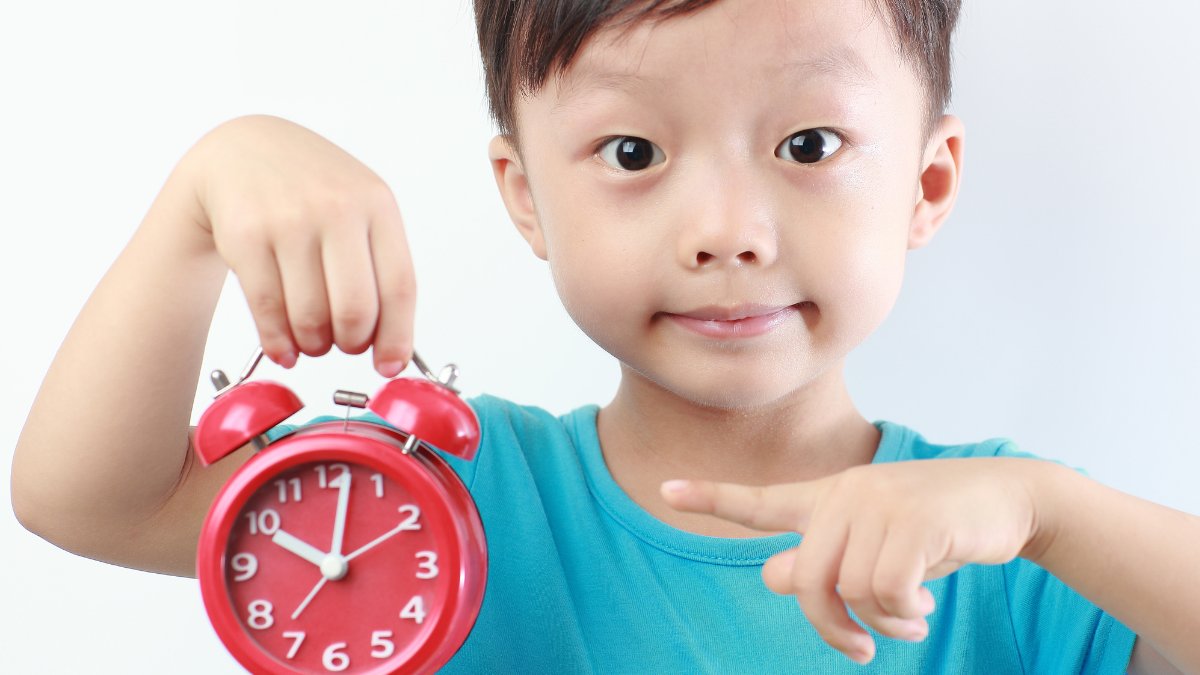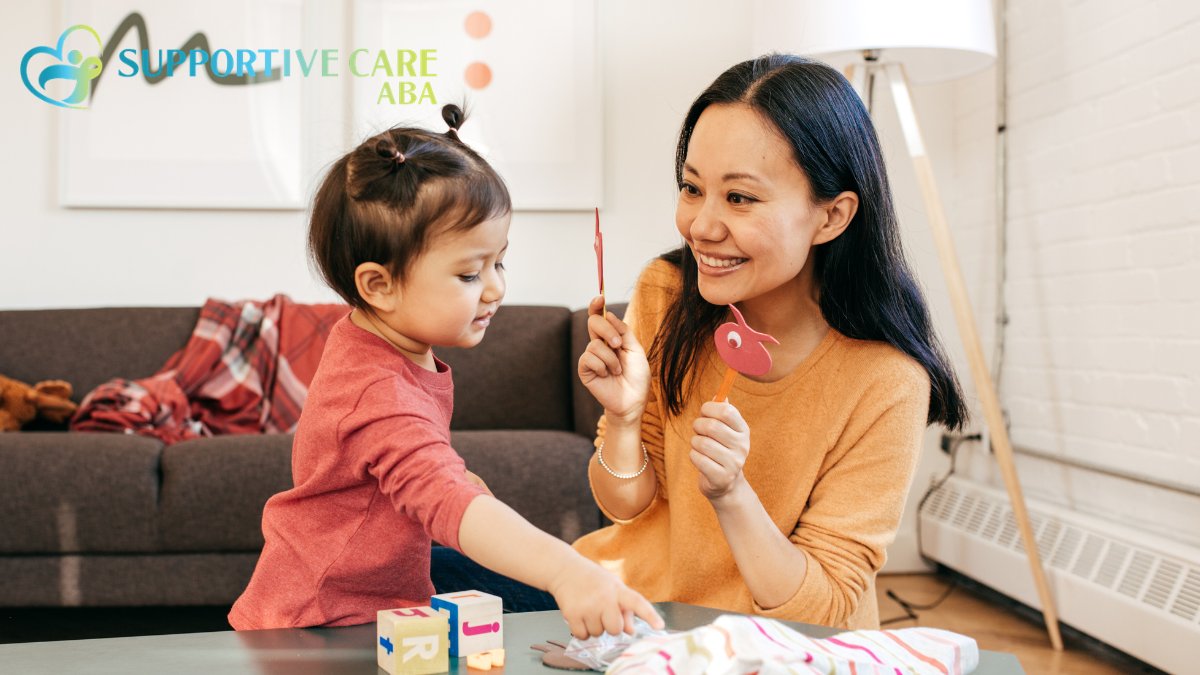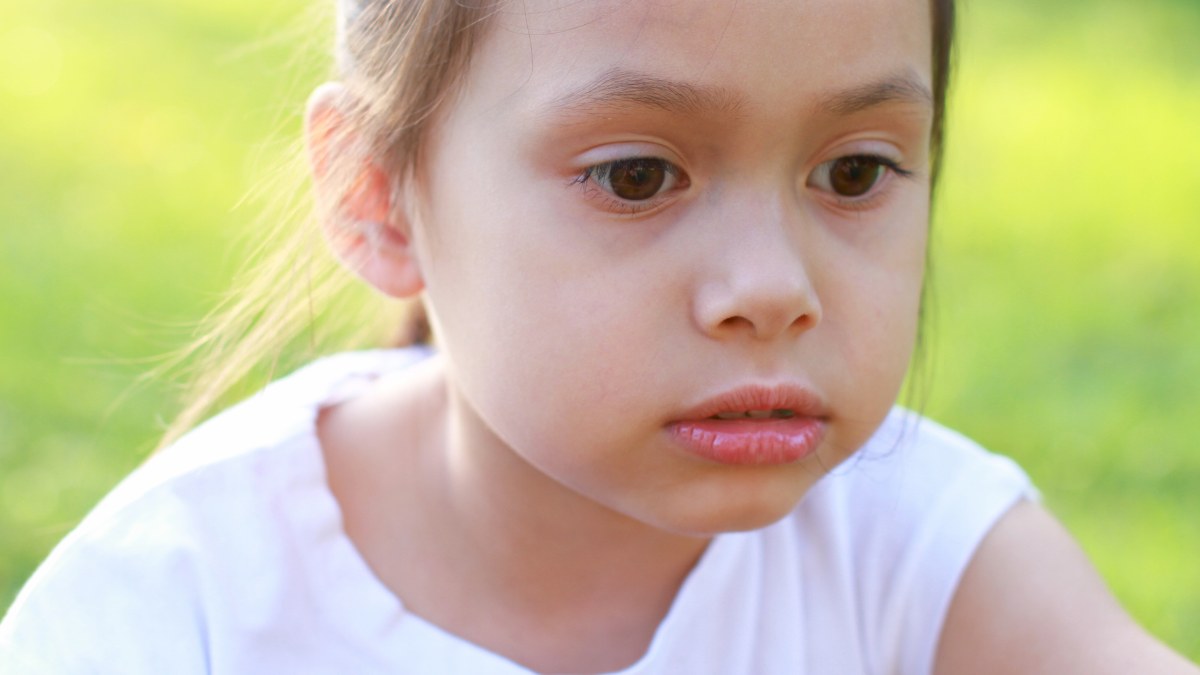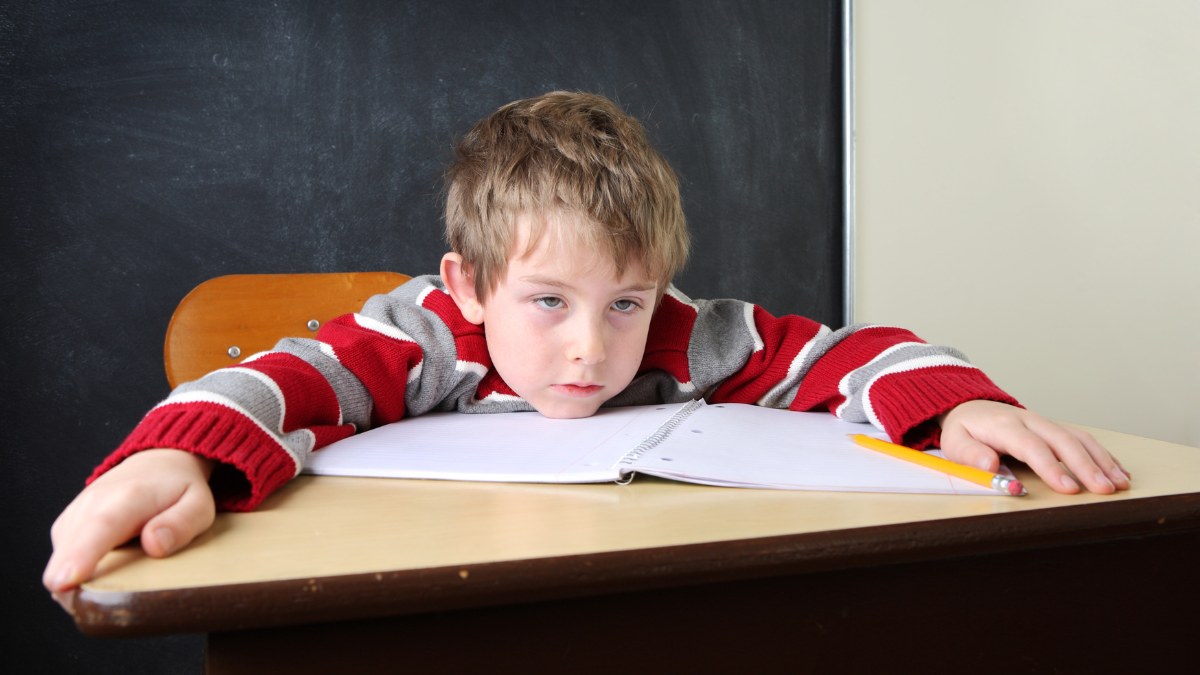Autism Change in Routine: 10 Tips to Ease Transitions
Autism change in routine may cause stress—discover 10 simple tips to help your child navigate daily transitions with less resistance and more confidence.

Autism Change in Routine: 10 Tips to Ease Transitions
Key Points:
- Sudden changes in routine can trigger distress and behavior challenges for autistic children.
- Practical tips like visual schedules, countdowns, and pre-planning can make transitions easier.
- ABA therapy can help children build flexibility and coping skills during routine changes.
Routine is often a lifeline for autistic children. It provides predictability, comfort, and a sense of control in a world that can feel overwhelming. So when that structure shifts—whether it’s a new morning schedule, a different teacher, or a holiday disruption—it can trigger meltdowns, anxiety, and behavior changes.
This difficulty with autism change in routine isn’t just about inflexibility. It's often rooted in sensory sensitivities, communication delays, and a genuine need to understand what comes next. As parents, we may not always be able to prevent change—but we can soften its impact. Below are ten practical and compassionate strategies you can use to support your child during transitions, whether big or small.
What Makes Change So Hard in Autism?
Even minor shifts in routine can feel jarring to a neurodivergent child. The reasons aren’t just about preferences—they're neurological.
Autistic individuals often thrive with sameness because their brains process and organize information differently. Routines help reduce cognitive load and anxiety. When those routines are disrupted, it can feel like losing a map in unfamiliar territory.
Other challenges can compound this experience:
- Difficulty with abstract thinking can make it hard to grasp the concept of change before it happens.
- Sensory differences may mean that even small changes (like new lighting in a classroom) feel huge.
- Executive functioning struggles can make shifting between tasks or places mentally exhausting.
Understanding the why behind your child’s reactions is a critical first step in creating smoother transitions.
Use Visual Schedules to Show What’s Coming
Visual supports are a powerhouse tool for children with autism—especially when it comes to routine changes.
Instead of relying on verbal reminders, a visual schedule helps children see what’s happening. It creates structure and predictability while reducing anxiety around the unknown.
How to make it work:
- Use icons or real photos to represent activities (e.g., breakfast, bus, school).
- Show changes ahead of time by swapping cards or placing a “?” icon for surprises.
- For sudden changes, pair visuals with simple words like “Now” and “Next” to guide the shift.
Even if your child can’t read yet, pictures help bridge the communication gap.
Give Advance Notice (But Not Too Much)
Autistic kids often need time to process transitions, but giving too much advance warning can backfire and build up anxiety.
The sweet spot? Enough time to emotionally prepare, but not so much that they ruminate or resist.
Try this approach:
- Use a countdown system: “In 10 minutes, we’ll stop playing and get dressed.”
- Follow up with visual or tactile prompts (like a sand timer).
- Anchor the warning with a positive or neutral transition: “After getting dressed, we’ll read a story.”
Countdowns help make transitions concrete and less abrupt.
Practice Transitions Before They Happen
Rehearsing unfamiliar situations before they occur helps your child know what to expect. This strategy is often used in ABA therapy with success.
You can rehearse:
- New morning routines before school starts.
- Visiting a new dentist by taking a photo tour of the office.
- Holiday travel by “pretending” with toy airplanes or packing practice bags.
The more sensory and visual the practice, the better.

Create a Comfort Kit
Change can feel overwhelming—and sometimes, it’s regulation that breaks down, not cooperation. A comfort kit helps your child self-soothe.
Items to include:
- Noise-canceling headphones
- Fidget toys or chewables
- Weighted lap pads or small blankets
- Visual cue cards or calming visuals
Keep the kit accessible during transitions, especially in public spaces or when routines are disrupted.
Let Them Bring “Routine Anchors”
When the outside world changes, bringing a piece of routine with them can help your child feel grounded.
These anchors might look small but offer major emotional support.
Examples:
- Wearing the same socks every Tuesday for soccer.
- Bringing a favorite book in the car during schedule changes.
- Eating familiar snacks in new places.
When possible, let them carry these consistent elements into new settings.
Label and Validate Their Feelings
Even if your child is nonverbal, they’re still feeling the stress of transitions. When caregivers name those emotions, it helps children feel seen and supported.
What to say:
- “You’re upset because we’re doing something different today.”
- “I know it’s hard when things change. I’m here with you.”
- “It’s okay to feel worried. Let’s take some deep breaths together.”
This kind of emotional coaching helps your child connect feelings to experiences—and builds trust.

Don’t Skip the Debrief
After the change has happened, take a moment to debrief. This helps with future tolerance of change and gives closure.
Use debriefing to:
- Talk about what went well (“You stayed calm when we had to leave early!”).
- Reflect on what was hard (“It was loud at the store, and that was tough.”).
- Build confidence by highlighting successes.
This teaches your child that change doesn’t have to be scary forever.
Use Social Stories for Major Changes
Social stories are short, personalized narratives that explain new or challenging experiences. They’re especially useful when preparing for big life events.
Great topics for social stories:
- Going to a new school
- A new baby joining the family
- Visiting relatives over holidays
- Going to a doctor’s appointment
Social stories give context, language, and expectations—helping your child mentally prepare with structure and reassurance.
Break Transitions Into Steps
Shifting from one activity to another may require more than just a heads-up. Some kids benefit from a step-by-step approach that breaks the change into digestible pieces.
Here’s how to structure it:
- Preview the change: “We’re going to Grandma’s instead of the park.”
- Prepare with visual cues or a schedule.
- Warn before it happens with time markers.
- Transition with a bridge activity like a song, sensory break, or game.
- Support throughout the new routine, offering reassurance.
- Debrief afterward.
When transitions feel like a clear path instead of a cliff, kids can walk through them more calmly.

Work With a Professional for Ongoing Struggles
If transitions are a daily source of stress, working with a provider like a Board Certified Behavior Analyst (BCBA) can help. ABA therapy is designed to build skills around flexibility, emotional regulation, and communication—all crucial during times of change.
At Supportive Care ABA, we understand that every child’s needs are different. That’s why our therapy programs are individualized and parent-inclusive, giving families the tools they need to manage autism change in routine in everyday life.
Whether it’s introducing new tasks or preparing for unexpected detours, our goal is to empower children with strategies they can use for a lifetime—not just the moment.
Supporting Change With ABA Therapy
Routine disruptions are a part of life—but they don’t have to derail your child’s progress. With the right strategies and consistent support, transitions can become manageable, even empowering.
Supportive Care ABA offers ABA therapy in Indiana, North Carolina, Georgia, Virginia, and Oklahoma, equipping children with the tools they need to navigate change with confidence. Our therapy programs focus on developing real-life skills, from flexible thinking to emotional resilience—so that change doesn’t feel so overwhelming.
If your child struggles with transitions or changes in routine, reach out today to learn how ABA therapy can help your family move forward with clarity and support.








.jpg)
.jpg)


%20(1).jpg)
.jpg)
